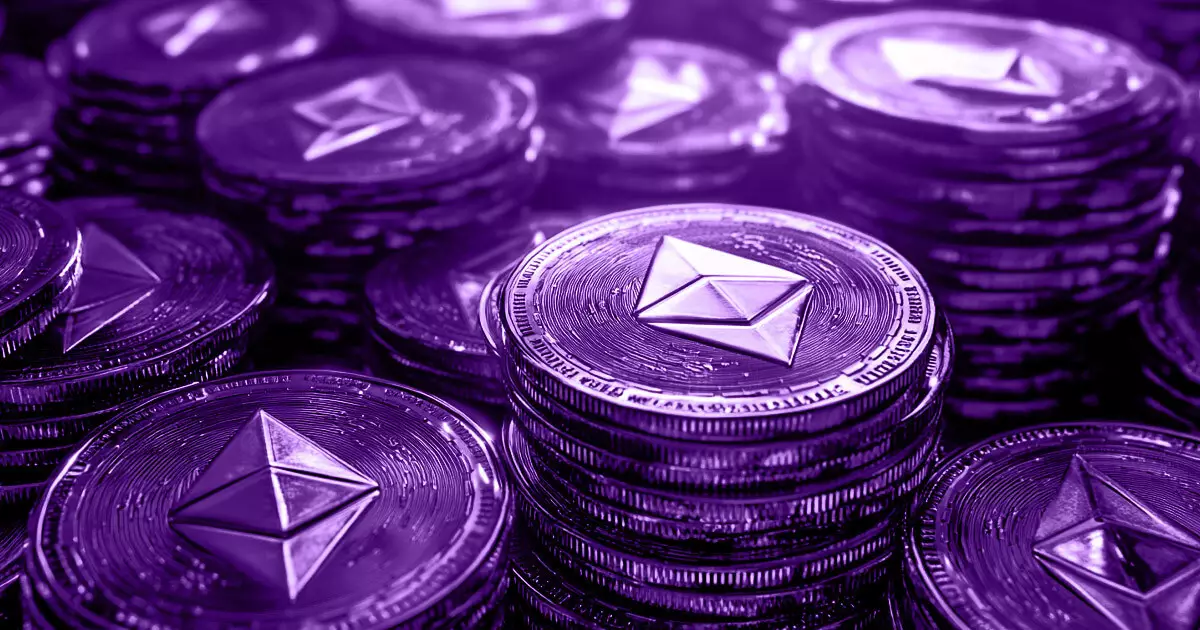In an encouraging move for Ethereum enthusiasts, Kraken, a leading cryptocurrency exchange, has successfully integrated with EigenLayer, unlocking the ability for its users to restake their Ethereum (ETH) effortlessly. As announced on October 15, this integration aims to democratize the restaking process, making it accessible to a diverse range of cryptocurrency users. However, access is currently restricted to verified Kraken Pro users holding an Intermediate level or higher, with U.S. residents sadly left out due to regulatory hindrances.
Restaking has emerged as a pivotal development within the cryptocurrency landscape this year, as indicated by Mark Greenberg, Kraken’s Global Head of Asset Growth & Management. Traditionally favored by tech-savvy individuals, the opportunity to partake in restaking has remained somewhat inaccessible to average crypto investors. Greenberg’s insights highlight Kraken’s intentions not only to attract a broader audience but also to enhance the user experience for those already engaged in centralized exchanges (CEXs).
Restaking can be particularly advantageous as it allows validators and stakers to utilize their already staked assets to bolster the security of decentralized applications (dApps) on Ethereum. This integration with EigenLayer allows Kraken users to leverage their staked ETH to dive into new earning opportunities by securing additional networks or protocols, ultimately leading to the potential for increased rewards.
EigenLayer has been essential in making restaking a viable option for many. Built on the Ethereum blockchain, EigenLayer offers users the opportunity to repurpose their staked ETH across various networks while still capitalizing on yields. This integration signifies that Kraken users can seamlessly restake any ETH they’ve staked via the platform, fostering an ecosystem aimed at maximizing investment strategies.
However, the broader context for EigenLayer presents a different side of the story. Notably, the protocol’s total value locked (TVL) has seen a striking decline, plummeting to $11.45 billion from over $20 billion in June, according to reports from DeFiLlama. Industry experts believe that this downturn may be attributed to a combination of factors, including the post-airdrop landscape, which has diminished initial buzz and community excitement.
Despite this decline, there is optimism surrounding the latest integration with Kraken. Market analysts suggest that making restaking accessible through centralized exchanges could help revitalize interest in EigenLayer, possibly reversing the declining TVL. The hope is that increased participation by everyday users, encouraged by the ease of use offered by platforms like Kraken, will drive not only user engagement but also a resurgence in the overall health of the network.
Kraken’s partnership with EigenLayer marks a significant step forward in elevating the accessibility of restaking. By targeting a wider audience of users, especially those new to the cryptocurrency realm, Kraken is positioning itself as a key player in shaping the future of decentralized finance, all the while potentially improving the metrics of EigenLayer along the way. As the restaking landscape continues to evolve, success will hinge on how effectively exchanges like Kraken can engage with and support their user base amidst shifting market dynamics.















Leave a Reply